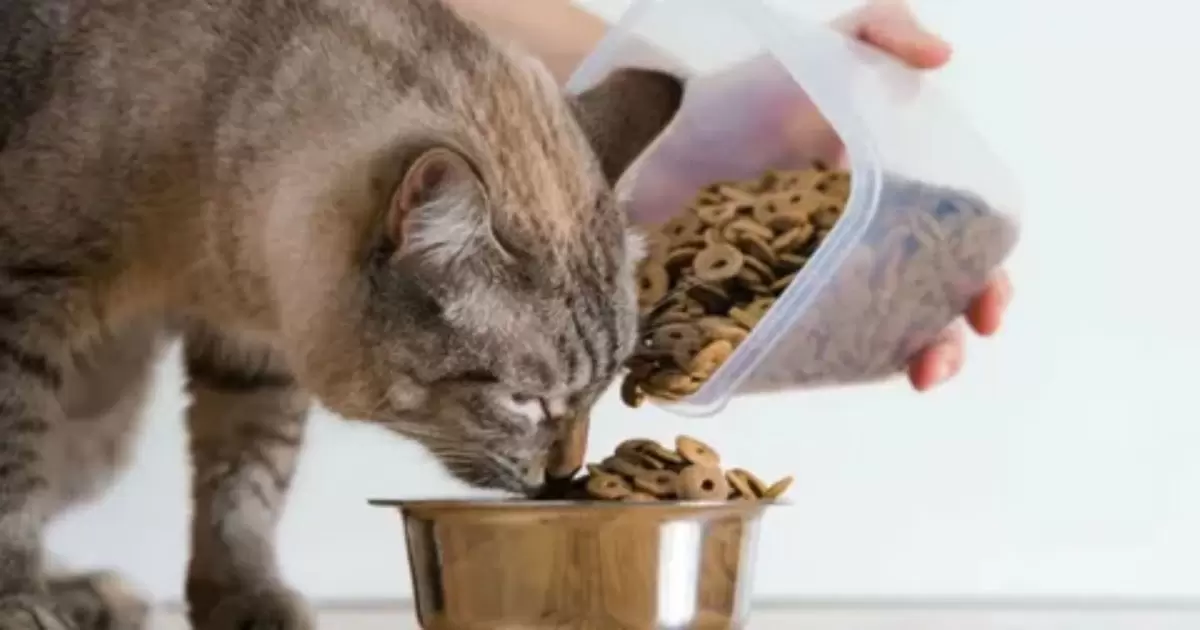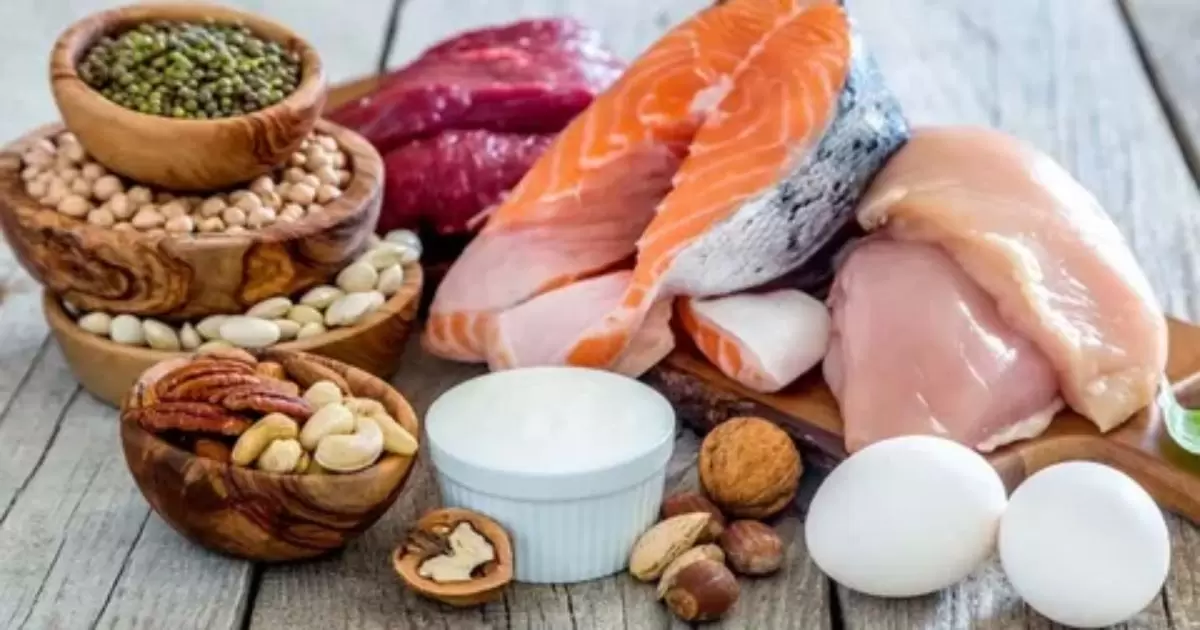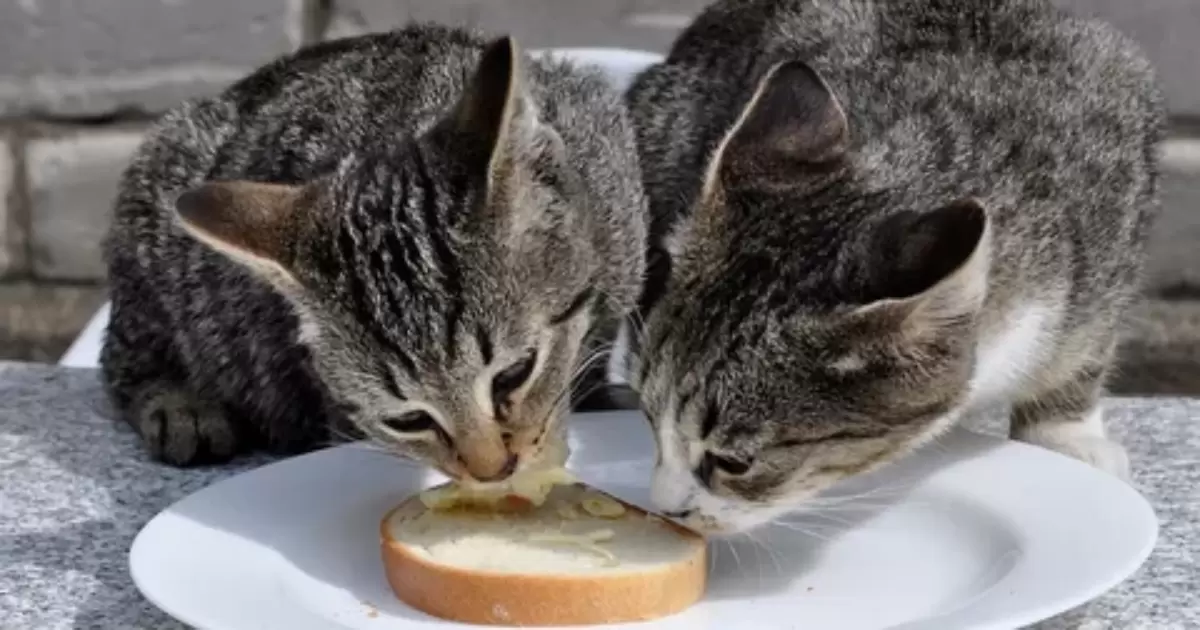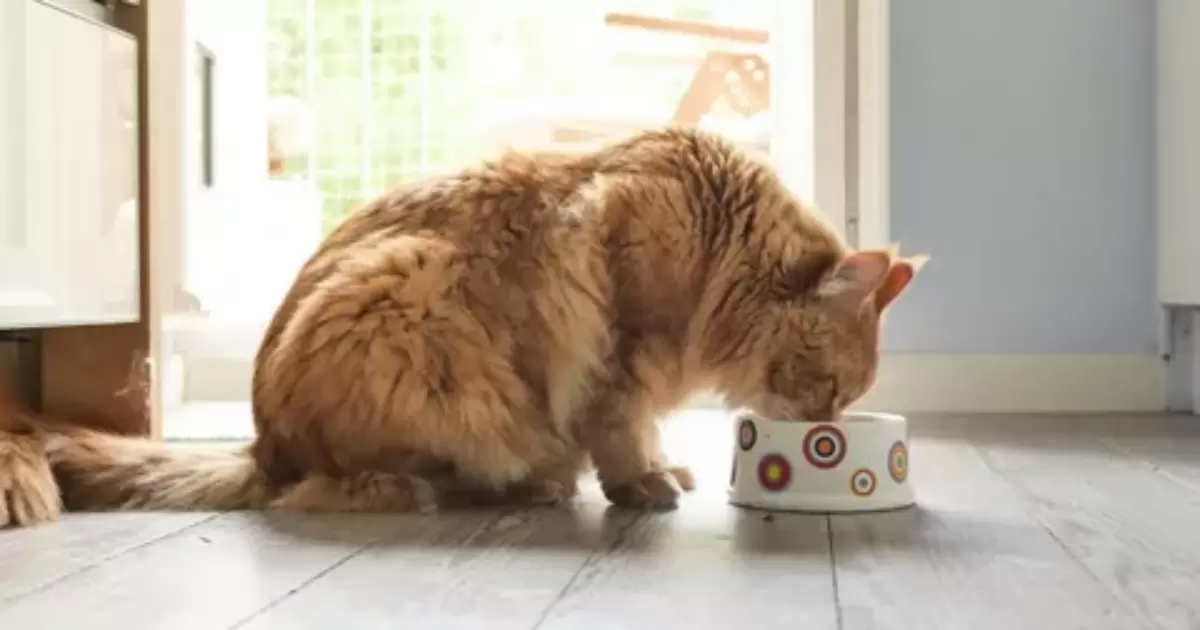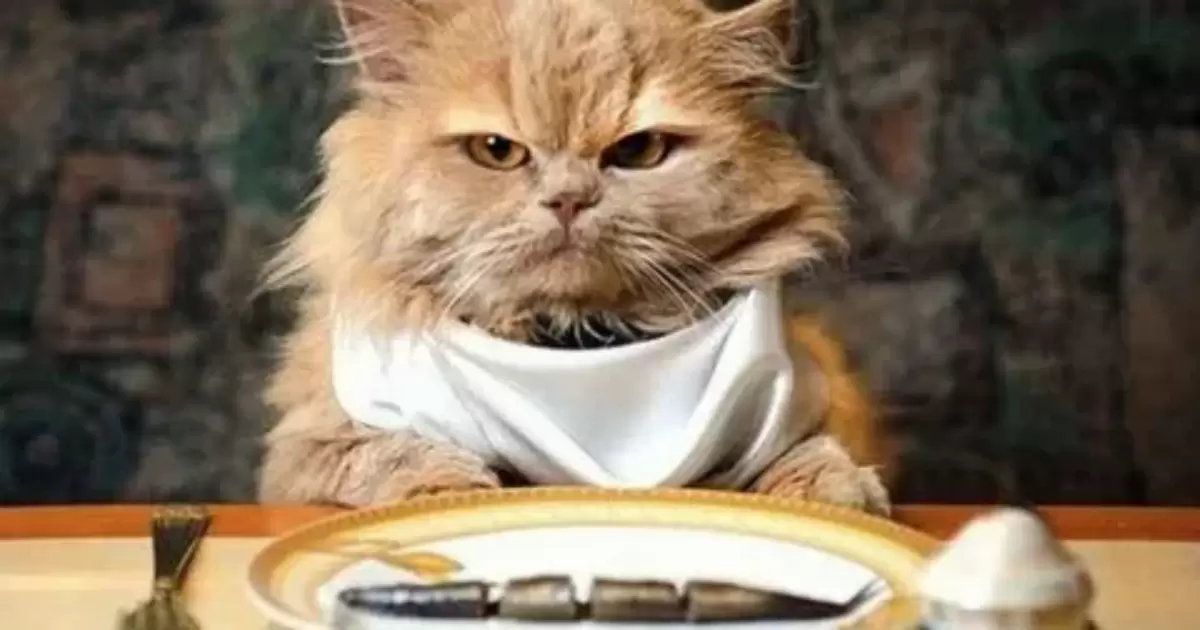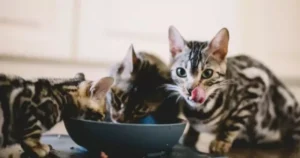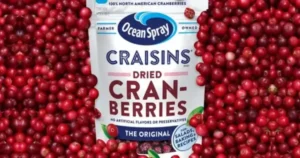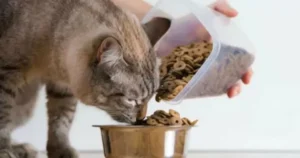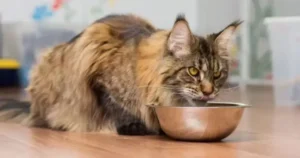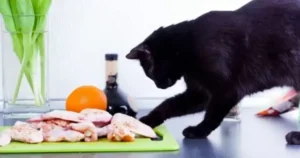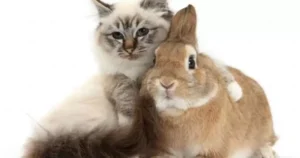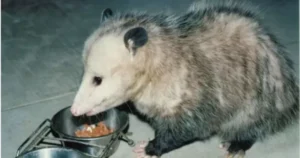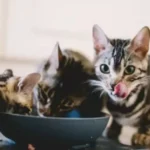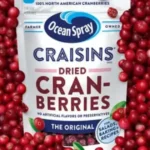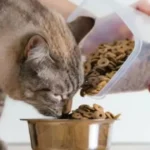Cats are carnivores designed to eat meat. With sharp teeth for tearing and ridged tongues for scraping, they do not need to bite tons. Instead, cats lightly bite before gulping down food whole, counting on their robust belly acid and brief digestive tract to interrupt it down.
Unlike people, cats do now not chew their food very lots before swallowing. Do cats chew their food? No, their special teeth and stomachs are built to eat meat pieces whole.
Felines have pointed teeth for gripping prey and serrated teeth for slicing it. They may break food into smaller bits with some light chewing but generally swallow chunks whole. Their acidic stomach and short gut then work to digest the meat.
Understanding Feline Anatomy and Eating Habits
Cats have a unique digestive system designed for consuming meat. Their teeth allow for easy tearing of flesh. Sharp front teeth grip prey. Back teeth slice it into pieces.A cat’s tongue has tiny hooks to scrape tasty morsels off the bone. Their short gut swiftly absorbs nutrients from an all-meat weight loss plan. Even their behavior around eating reflects their inner predator.
A cat’s senses guide its hunter nature. Sight, smell, and hearing all help locate and catch prey. When eating, cats rely on these primal senses to check for safety and savor flavor. Their preference is to eat multiple small meals rather than large ones. This comes from wild ancestors needing to eat as much as possible when fresh-killed prey was available.
The Feline Jaw and Teeth Structure
The cat skull houses strong muscles, long canine teeth, and molars to slice food. Canines grip prey to allow accurate biting and tearing of meat. Premolar and molar teeth move food from the front of the mouth to the back teeth for shearing into smaller pieces for safe swallowing. The jaw structure is designed specifically for capturing prey and preparing it for consumption and digestion.
A cat’s teeth alignment allows side-to-side motion that keeps food trapped between opposing teeth longer for more thorough cutting and crushing before swallowing. Cats also have a reduced number of molars and lack flat grinding surfaces common in herbivores and omnivores who must break down plant matter. This demonstrates how cat teeth truly specialize in meat-eating.
The Carnivorous Nature of Cats
As obligate carnivores, cats were designed through evolution to consume the flesh, organs, bones, and blood of prey animals. From their teeth, tongue, and jaw to their digestive enzymes and gut bacteria, a cat’s anatomy supports metabolizing animal matter for energy and nourishment. This differs from omnivores who can obtain balanced nutrition from plants or meat. Cats instead thrive on meat-based proteins, fats, and minerals.
Evidence suggests wild felines get most of their moisture from the blood and bodily fluids of their prey. This aligns with the cat’s limited ability to concentrate urine, requiring them to regularly take in water to avoid dehydration. As desert-dwelling experts at hunting and scavenging, cats became true carnivorous specialists, relying entirely on animal flesh to fulfill their nutritional and hydration needs.
How Cats Consume Their Food
When eating, cats use their pointed teeth to pick up and quickly shear bite-sized portions of food with very little chewing. They rely on their tongues to guide the food down their throats with a unique rolling motion. Their esophagus transports the food to their stomachs to be digested by powerful enzymes and acids rather than extensive chewing as in humans.
Cats prefer multiple small meals eaten throughout the day. This stems from the feast-famine cycles of wild felines who gulp down as much food as they can when fresh prey is available, then digest it slowly over days. Modern cats retain this instinct to eat little and often. Their frequent high-protein mini-meals are handled well by their natural digestive process designed specifically for meat.
The Importance of Bite-Sized Pieces
The way cats rapidly gulp food whole without much chewing puts importance on bite-sized pieces to reduce choking risk. Ripping, crushing, and shearing food before swallowing is key. Given their small mouths, most cats can’t safely swallow large morsels. Their bite-shear-gulp process makes pieces digestible through stomach breakdown vs. extensive chewing.
Kittens especially have tiny mouths and developing teeth, making bite sizes for safe swallowing even smaller. They also retain some instinct to chew as they teethe. Providing kitten food diced up supports this process. As cats mature, their jaws and teeth grow to handle slightly larger pieces but gulping food down still avoids extensive chewing. Proper food shapes and textures remain important lifelong.
Wet Food vs. Dry Food
Wet or canned cat foods often have small, uniform chunks cats can pick up and share in their mouth for easy swallowing. Adding water makes chewing unnecessary. Dry kibble instead needs some chewing to crush pieces and mix them with saliva. But kibble margins can be sharp and hurt mouths lacking lots of thick protective chewing surfaces.
While dry food does clean teeth better, cats may chew it less given discomfort. Adding water to kibble softens it for lighter chewing. Ultimately wet foods match feline mouths and digestive needs most closely with comfortable mouthfeel and high moisture content.
The Role of Nutrients in Feline Eating Habits
| Nutrient | Function |
| Protein | Builds muscles and supports bodily functions. |
| Fats | Provides energy and supports skin health. |
| Carbohydrates | Can provide some energy. |
| Vitamins | Regulate various bodily functions. |
| Minerals | Support overall health and bodily functions. |
| Water | Essential for digestion and overall health. |
As hypercarnivores, cats require a very high proportion of animal-based protein from meat, organs, or fish in their diet along with animal fat. Carbohydrates are minimally used as an energy source. This aligns with the cat’s evolutionary niche as a predator subsisting almost entirely on prey. Their daily nutritional demands differ greatly from omnivores and herbivores.
The cat’s digestive tract rapidly absorbs essential amino acids from protein-rich foods and releases them into the bloodstream, fueling metabolic processes. Quality fats and oils also supply crucial energy and nutritional balance. Supporting this natural high animal food diet with the right nutrients keeps feline systems functioning properly and influences healthy eating patterns.
The Effect of Age on Eating Behavior
Kittens eat small, frequent meals needed to fuel growth and development. Their initial diet focuses on easy digestion and nutrient absorption. As cats mature, their meal schedule adapts based on lifestyle factors while respecting innate desires for frequent feedings. Mature cats balance digestion capacity with high activity levels.
An aging cat’s eating patterns change further as more sleep replaces exercise and metabolism slows. Constipation is common as seniors become less active. Continuing an age-appropriate diet with scheduled feedings tailored to life stage promotes good nutrition and healthy weight as cats move through adulthood.
Overeating and Obesity in Cats
Given unrestricted access to food, cats will naturally graze frequent, small meals. While this fits their digestion, domestic cats can easily overeat, leading to obesity and illness. Multiple pets competing for food exacerbates this. Simple prevention methods like timed meal delivery in separating bowls avoid overeating.
Obesity stresses joints, hearts, and metabolism in cats. An overweight cat should be gradually transitioned to a calorie-controlled diet under a vet’s guidance with ample playtime and exercise. Successful weight loss programs respect innate drives to eat many small meals a day while controlling portions. This balances health with natural behavior.
Addressing Eating Disorders in Cats
Sickness, stress, dental disease, injury, and other factors can disrupt normal feline eating patterns. Appetite loss in cats can rapidly become dangerous. Veterinary care explores underlying causes like infection or metabolic issues. Encouraging Eating Cat Food is vital.
Tempting ailing cats with frequent offerings of warmed, strong-smelling foods in a calm environment often stimulates appetite. Supplements treat resulting vitamin deficiencies. Ensure water is easily accessible. Patience combined with medical care helps the cat’s natural hunger drive return as health improves.
FAQS:
Is it common for cats to not chew their food?
Yes, it’s common for cats to just break food into smaller pieces and swallow it without extensive chewing due to having strong stomach acid.
How do I get my cat to chew her food?
You can get your cat to chew more by feeding dry food instead of wet food, mixing in larger kibbles, or adding water to soften dry food.
Do cats need to chew?
While some chewing does help break food into bite-sized pieces to safely swallow, cats don’t need to extensively chew since their digestive system is adapted to break food down without it.
How do I know if my cat likes his food?
You know your cat likes his food if he eagerly anticipates mealtimes, licks the bowl clean, and maintains a healthy weight.
Conclusion:
As obligate carnivores, cats have evolved specific adaptations for an all-meat diet. Their jaws allow for precise biting and tearing while their tongues guide food down. Do cats chew their food? Light chewing helps break it into small pieces but extensive chewing is not needed. Their gastric juices readily break down proteins.
So while some chewing occurs, it serves more to portion meals into bite-sized bits for easy swallowing. Cats mostly just gulp food in chunks. Do cats chew their food? Not to the same extent as other animals. Their unique teeth and digestive system are made for consuming meat efficiently without a lot of mastication. In conclusion, minor chewing facilitates eating habits but their anatomy allows cats to swallow prey-sized pieces whole and digest them easily.
